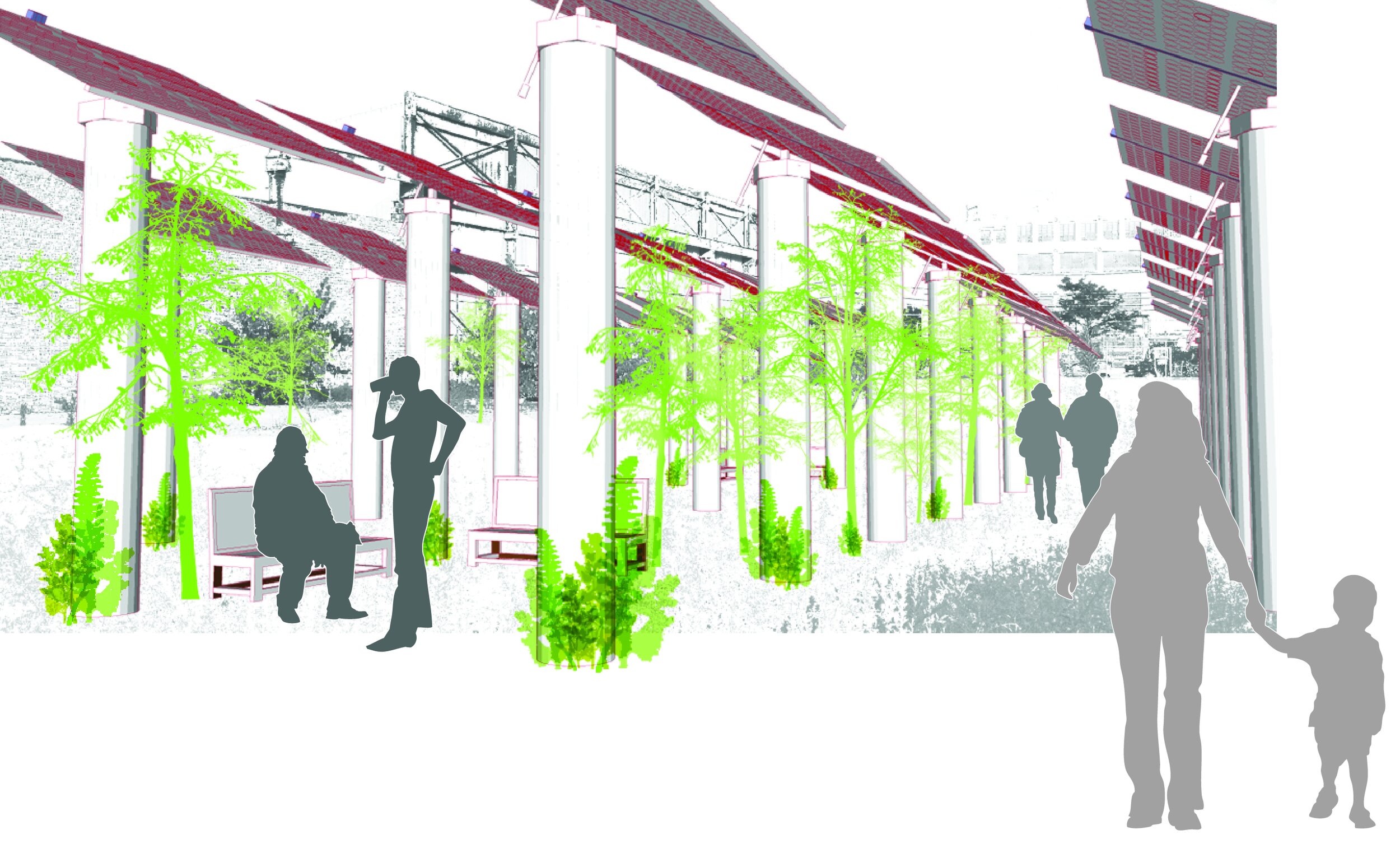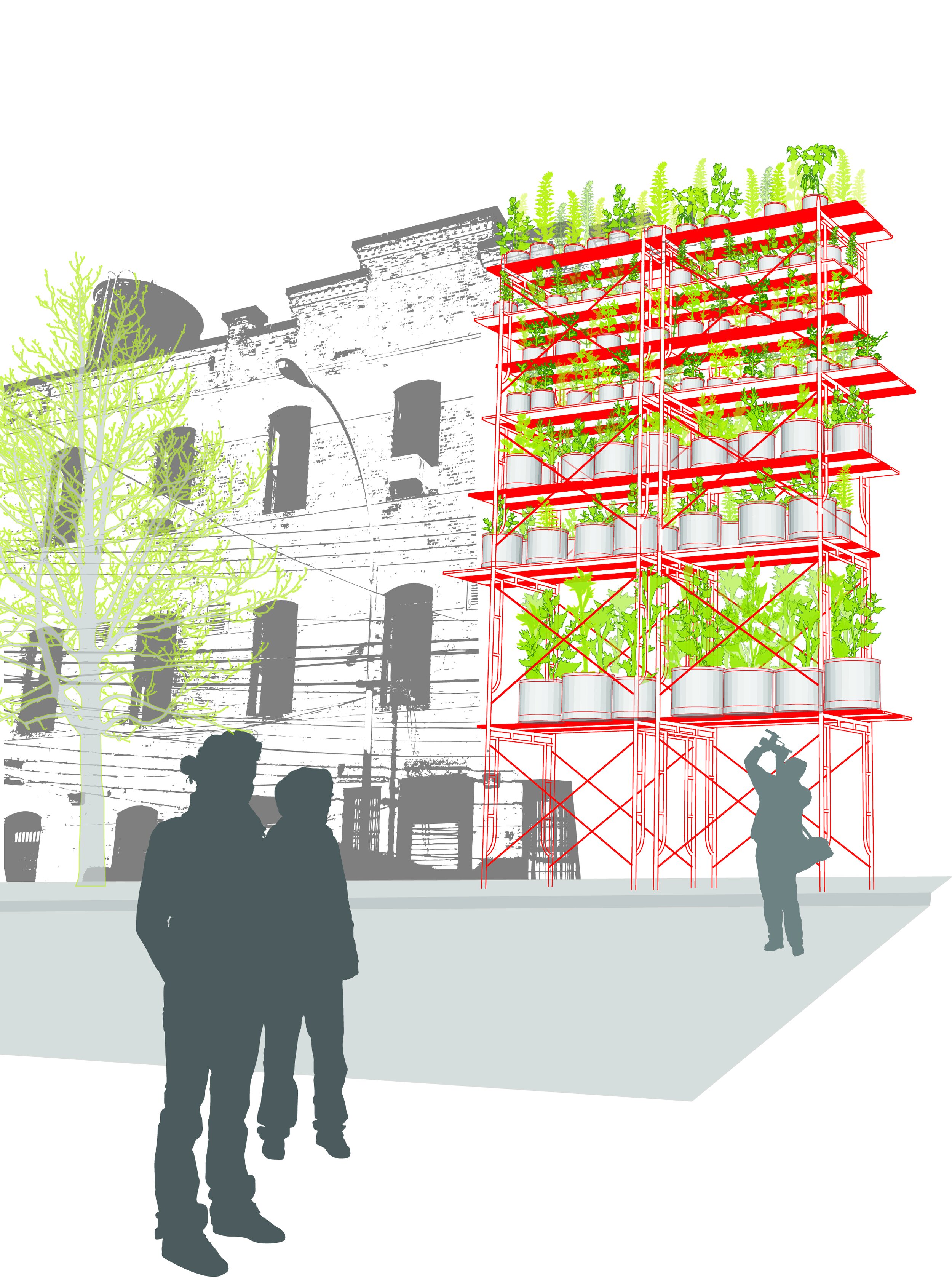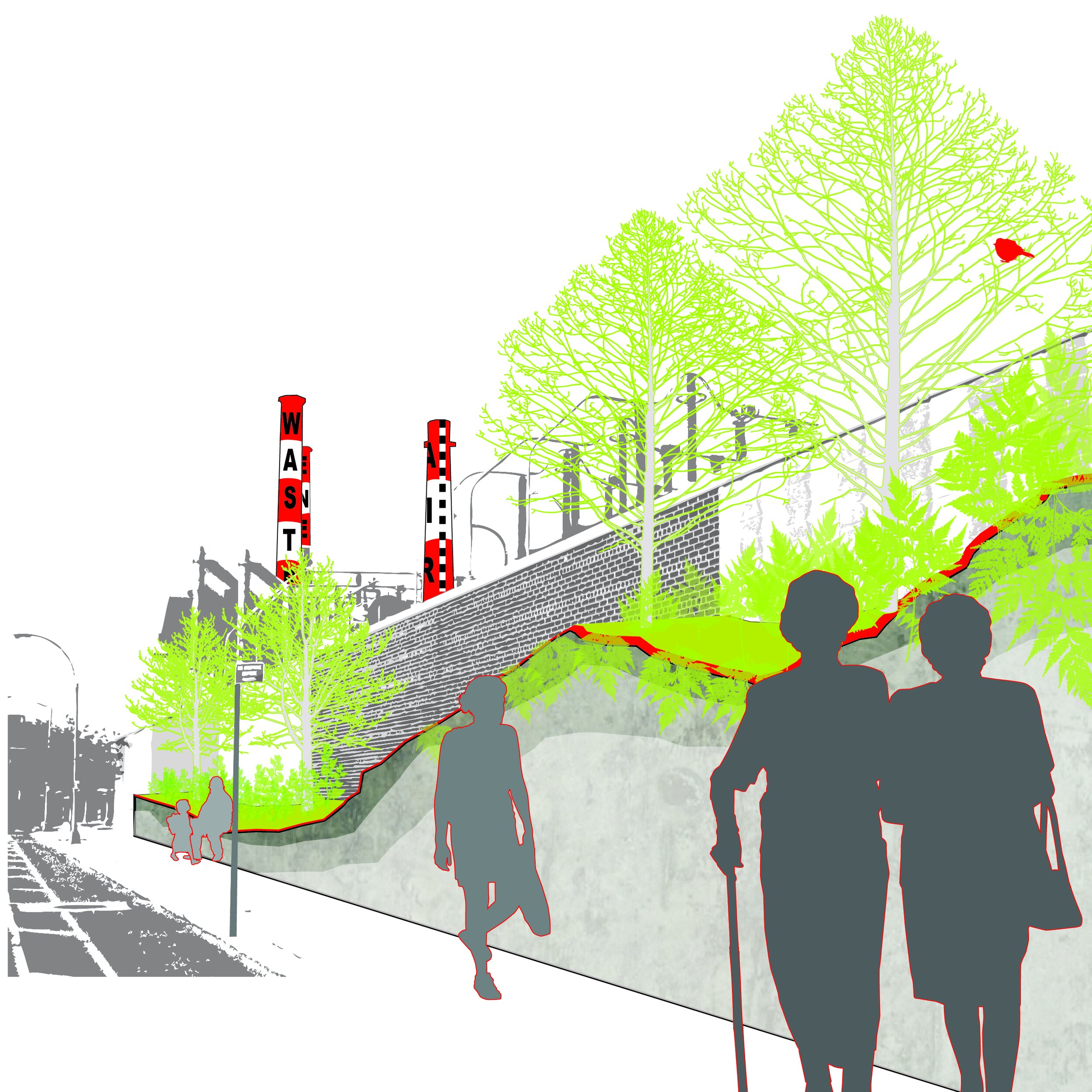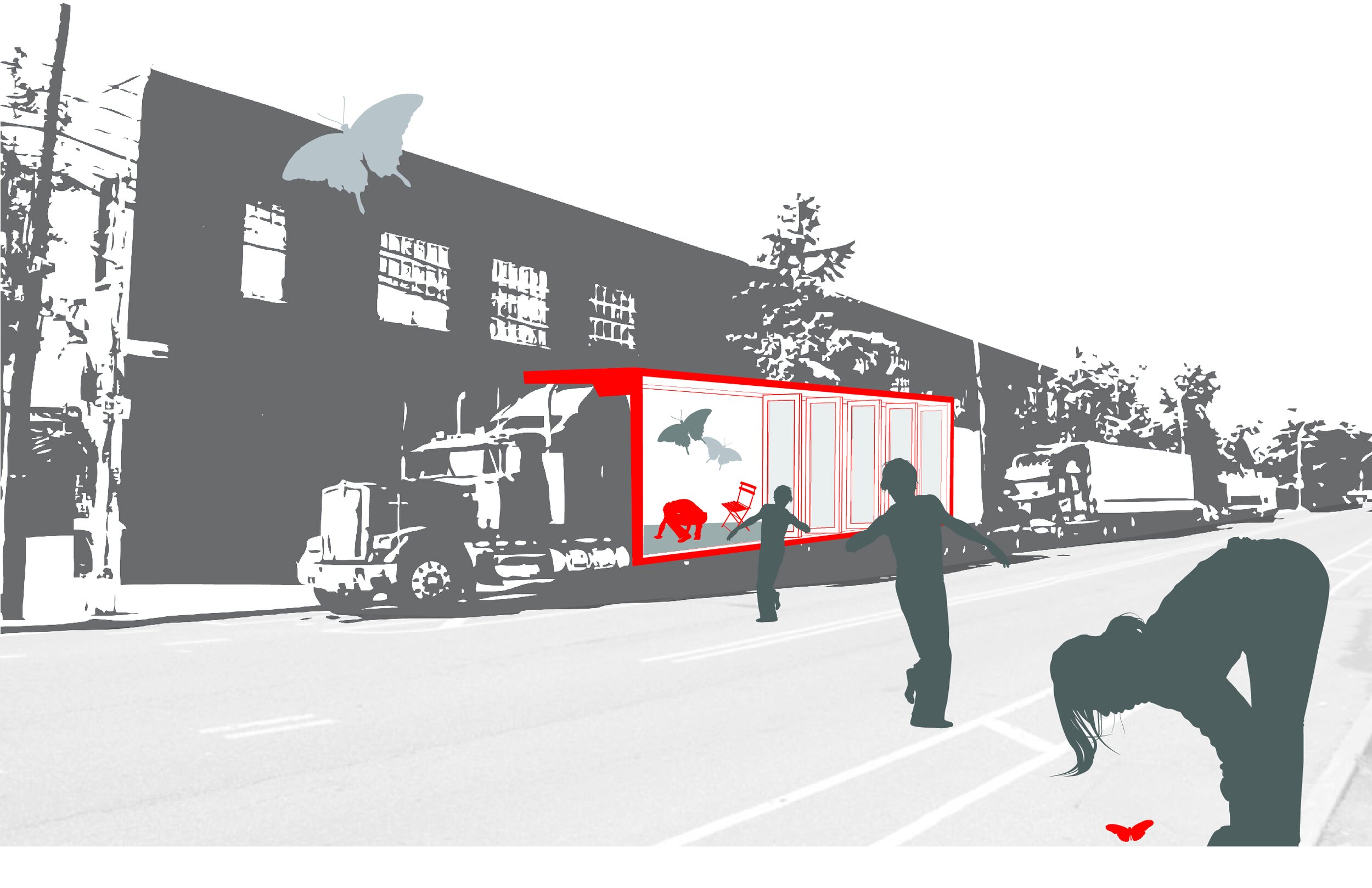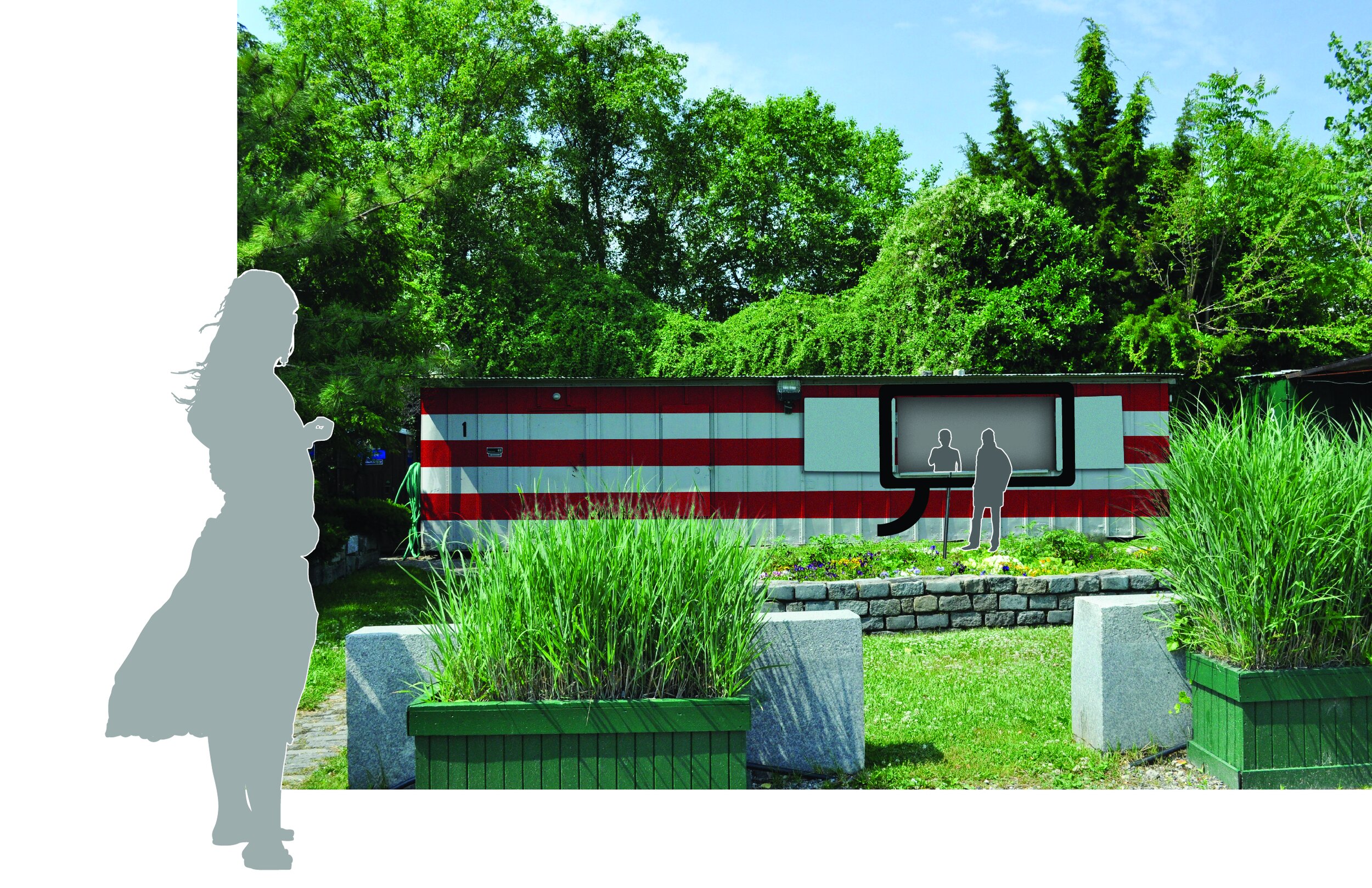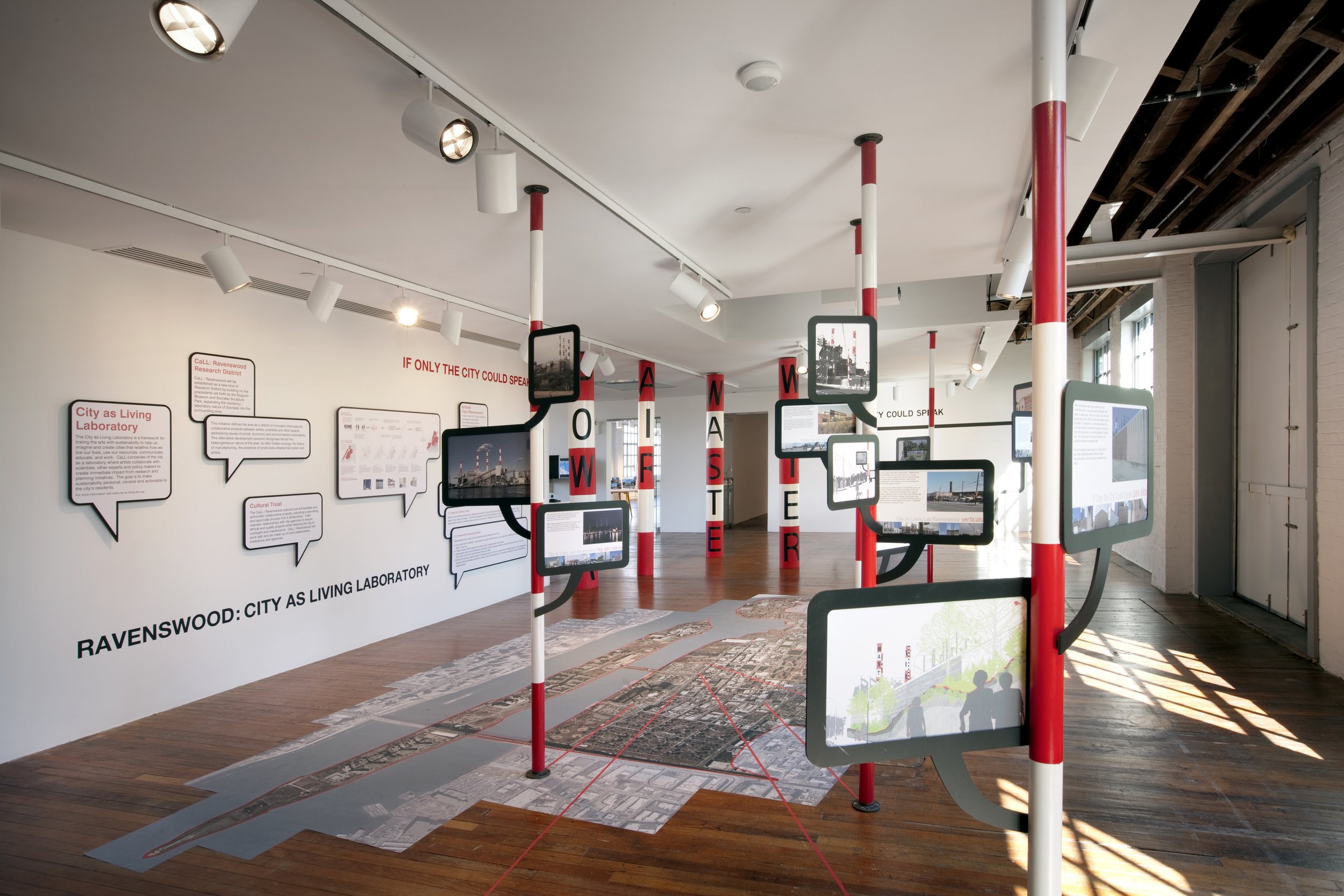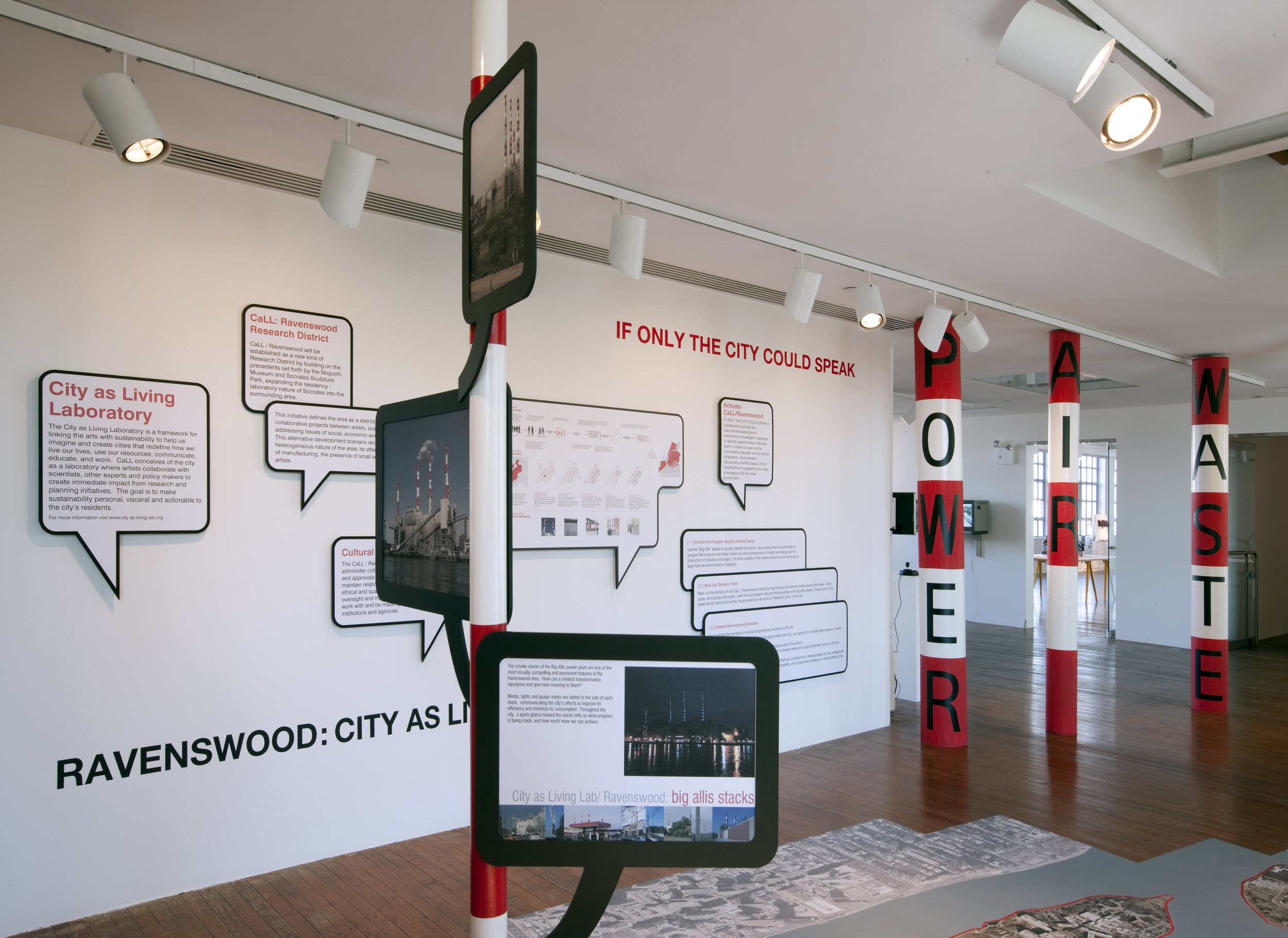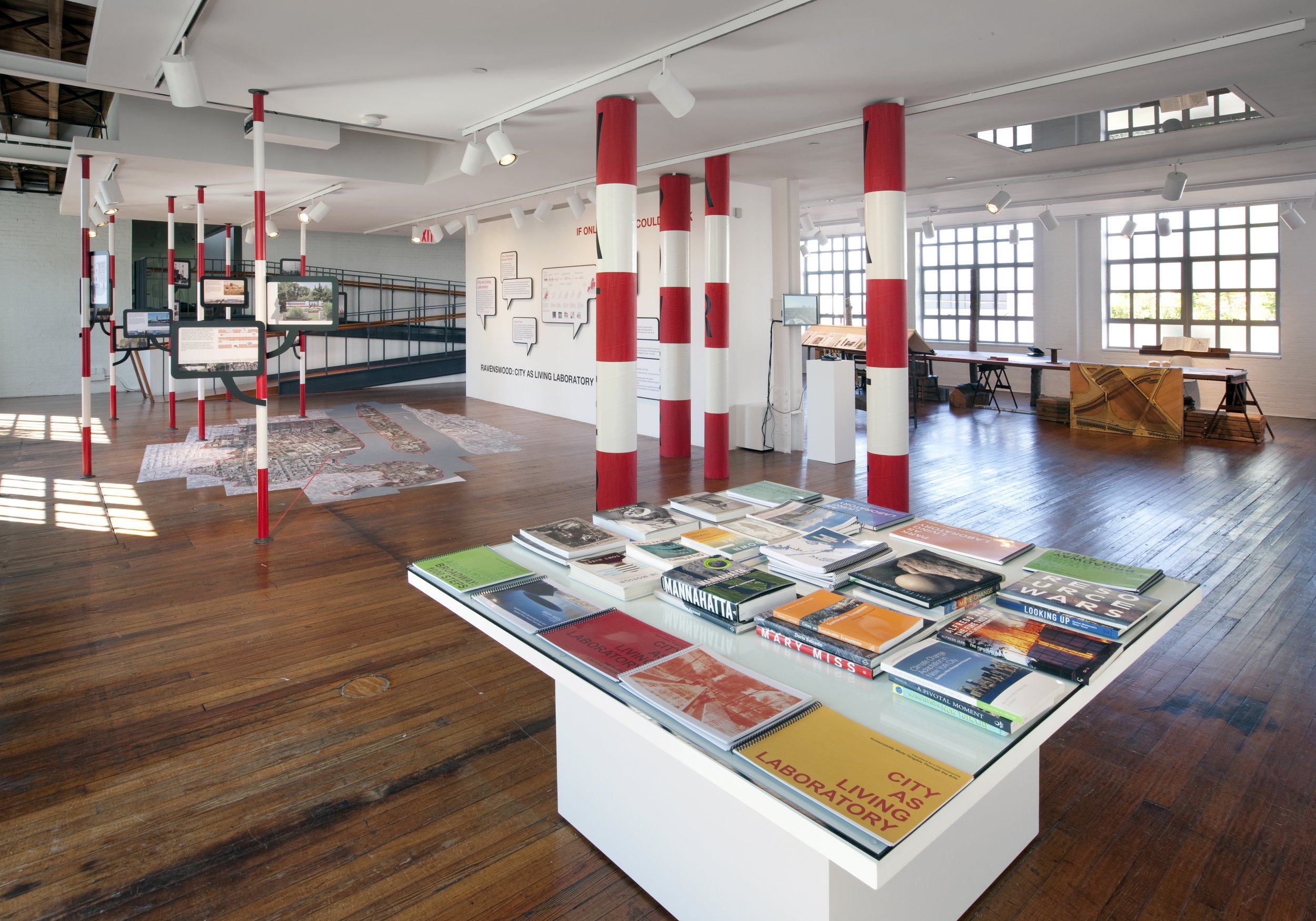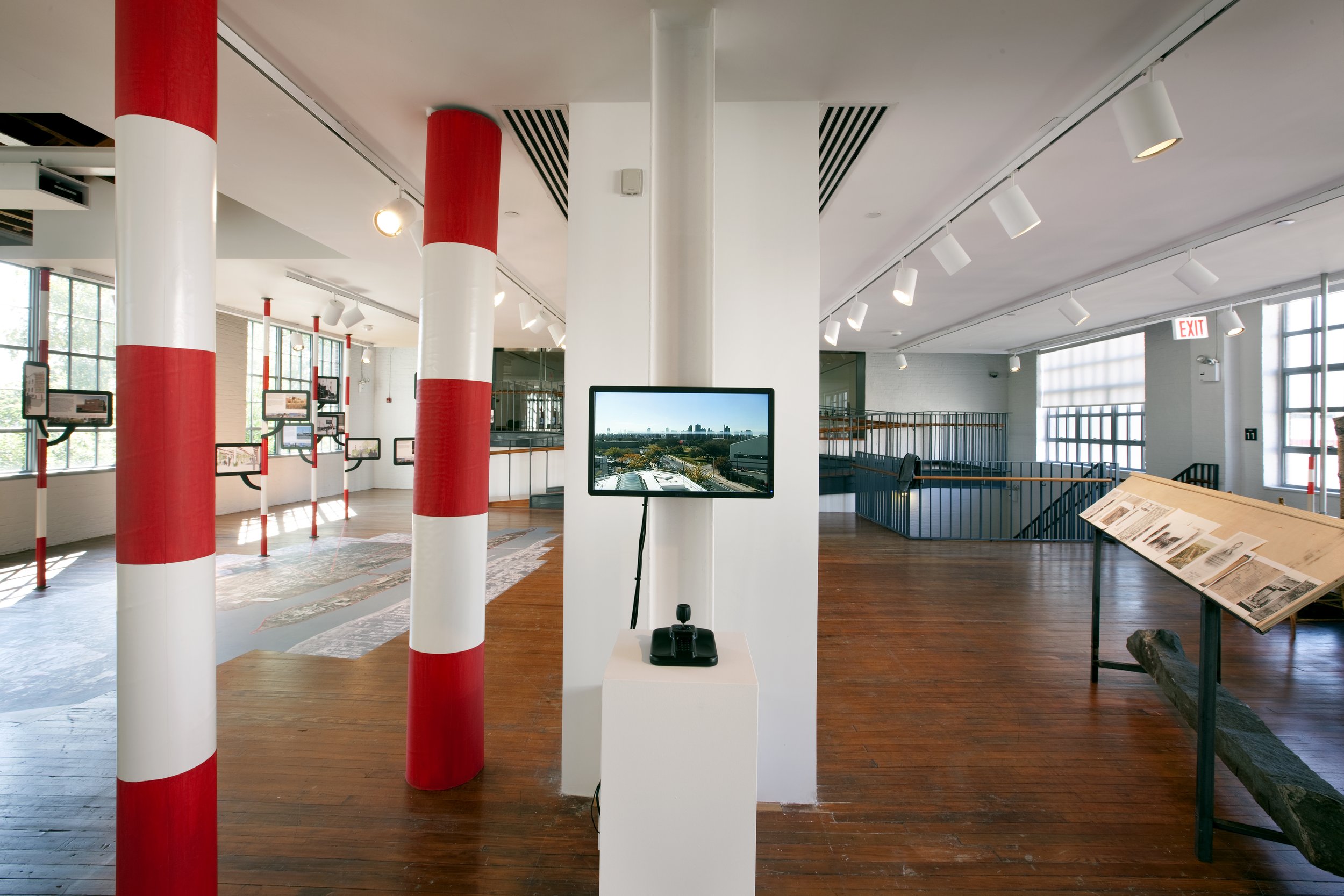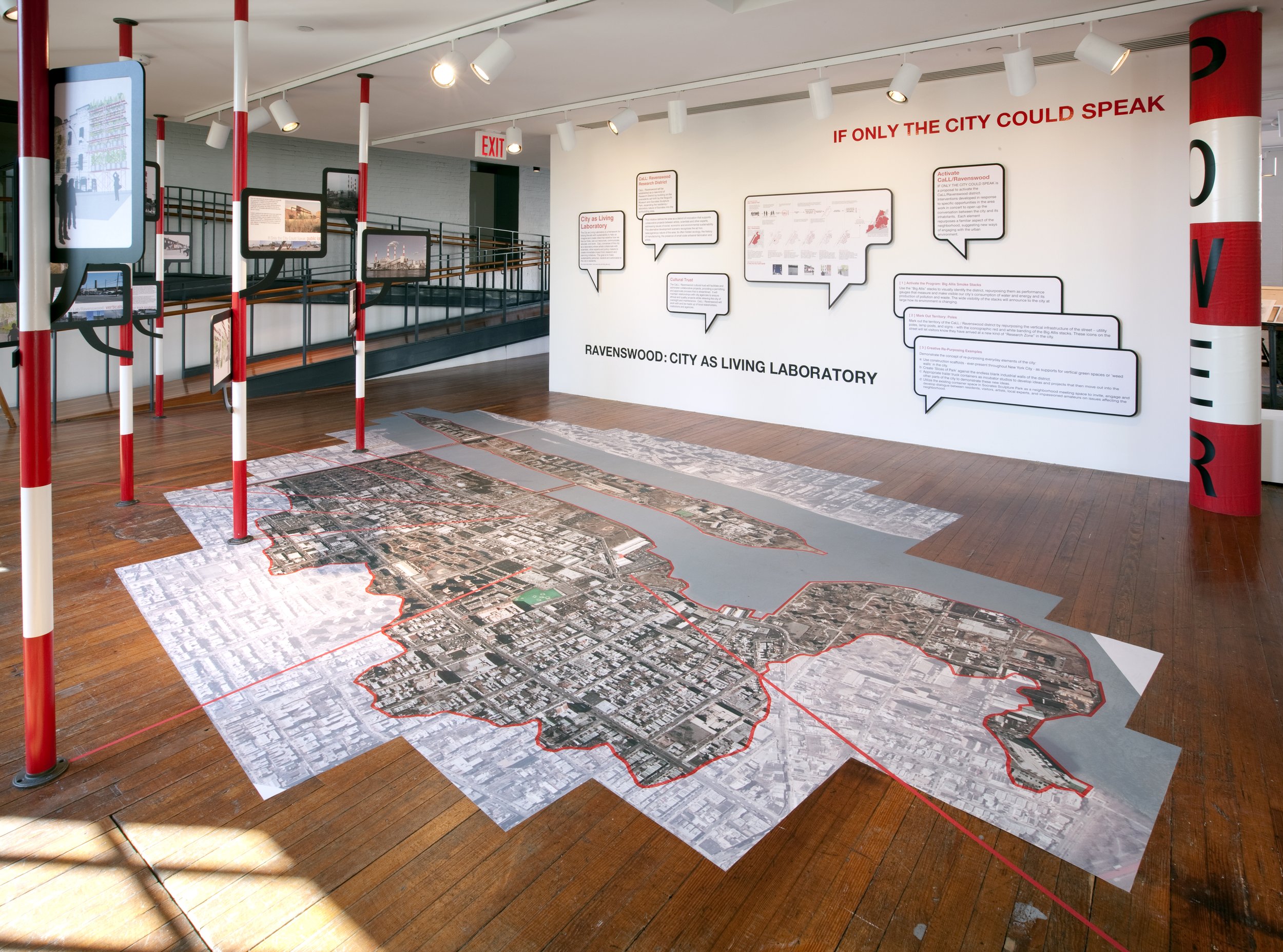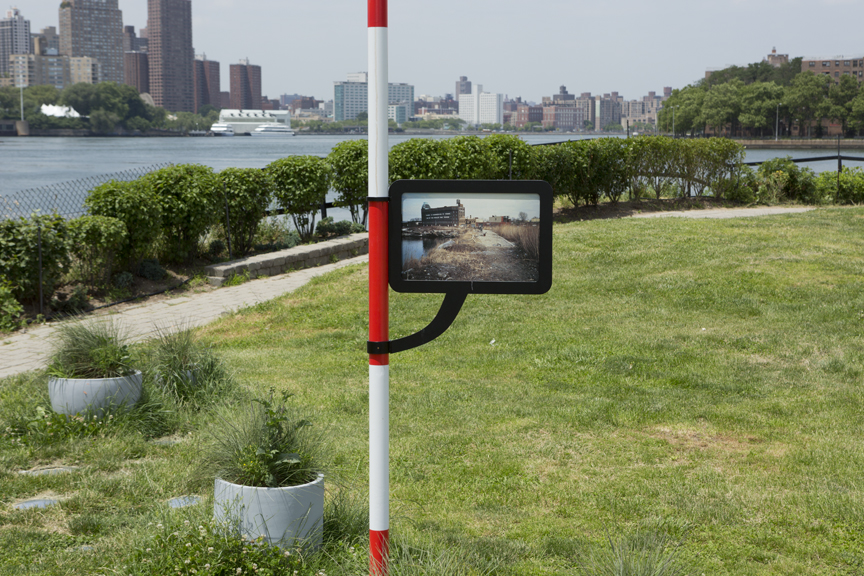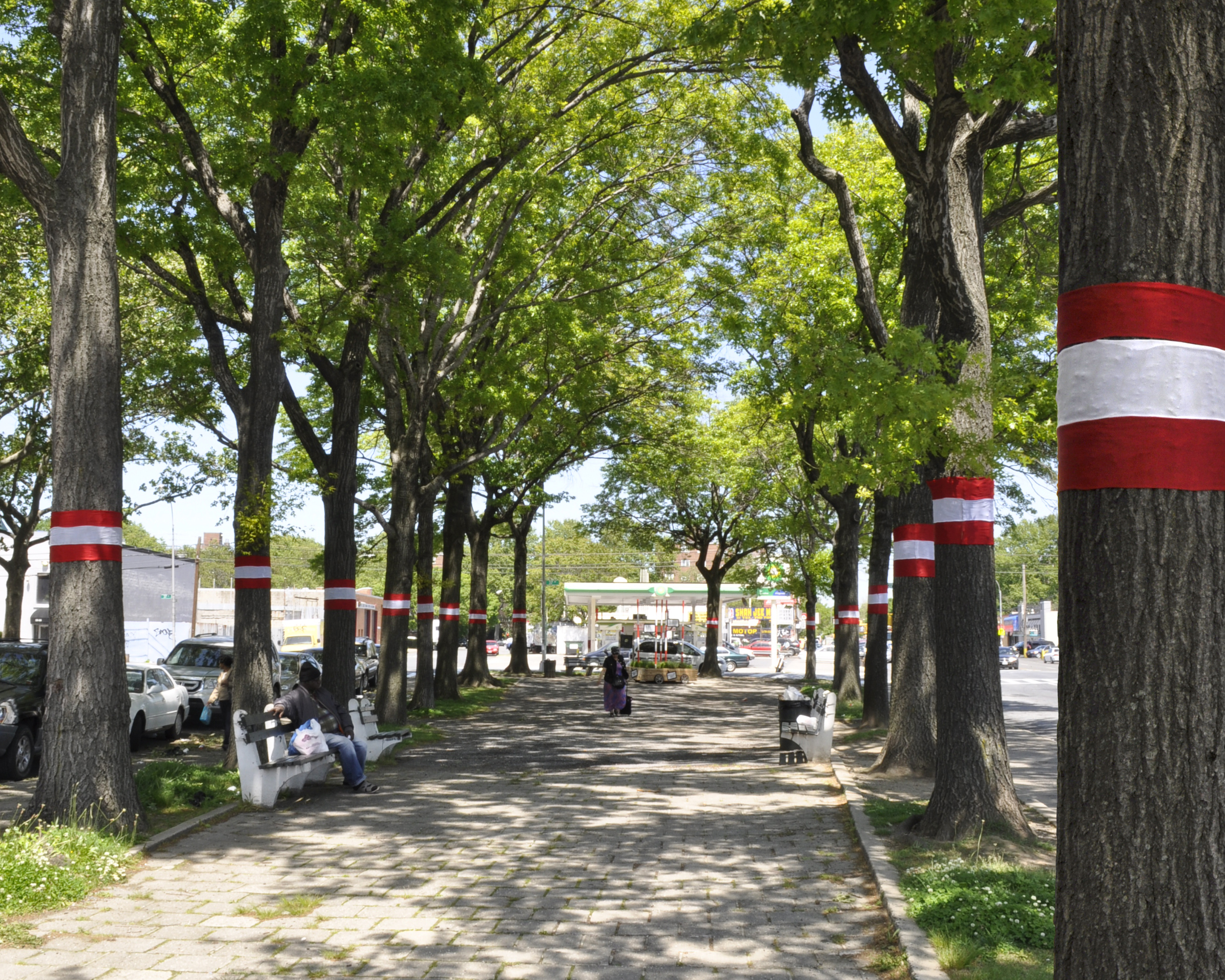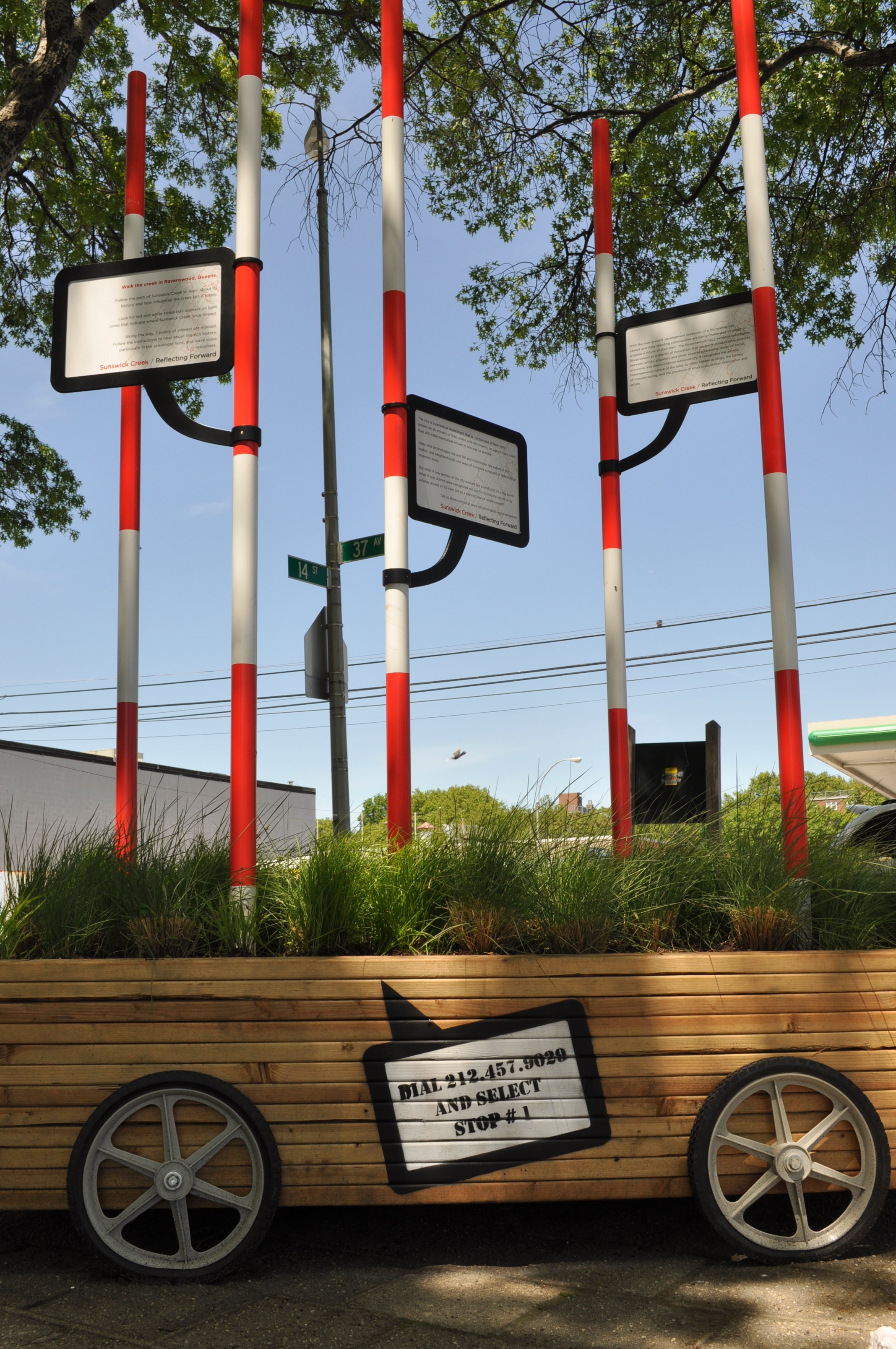Ravenswood
2011/ Long Island City, Queens
Ravenswood / CaLL was born from Civic Action, a collaborative project between the Noguchi Museum and Socrates Sculpture Park. Civic Action invited artists to reimagine Long Island City as a district of innovation that would support collaborative projects between artists, scientists, and other experts that addressed issues of sustainability. The project invited 4 artists: Natalie Jeremijenko; Mary Miss; Rirkrit Tiravanija; and George Trakas, to create a team of at least one urban planner or architect and one scribe, and investigate a range of contributions. CaLL’s team included Mary Miss, Belinda Kanpetch, Elliot Maltby, and Robert Sullivan.
R/CaLL would to develop the historic Ravenswood district ( Part of Long Island City, Astoria, and Roosevelt Island) as a City as Living Laboratory District that would foster collaborations among communities, disciplines, institutions, and neighborhoods as they work together toward a common sustainability goal. The R/CALL cultural trust would oversee the roll out of projects as well as facilitate administration by maintaining relationships with the community and government agencies.
Civic Action: R/CaLL at the Noguchi Museum
City as Living Laboratory presented their findings and proposals for Ravenswood at the Noguchi Museum exhibition Civic Action. The installation included proposals such as the repurposing the the Big Allis Stacks as a performance gauge of the city’s conservation and consumption behaviors; locating incubator studios; and repurposing scaffolding and empty plots.
Civic Action: Tracing Sunswick Creek at Socrates Sculpture Park
Building from the ideas put forth at the Noguchi Museum, this installation focused on the historic and now submerged Sunswick Creek. By tracing the path of the creek though the neighborhood, patrons learned about Ravenswood’s history and influence in New York City. From its origin, at Sixteen Oaks Grove Park, to its mouth in Socrates Sculpture Park, Sunswick Creek was a substantial life line for the community. Although covered over, the imprint of the stream has persisted to the present. Today its forgotten banks are the sites of small businesses – a testament to its legacy as an incubator for entrepreneurship. This project challenges citizens to imagine a future Ravenswood that is reflective of its natural resiliency and responsive to the land and its people.
To learn more about the ideas underpinning RAVENSWOOD/ CALL, download the project booklet.




